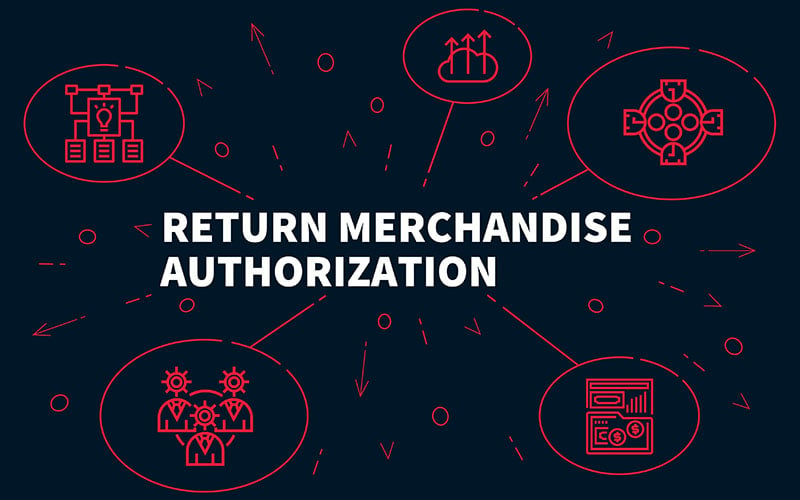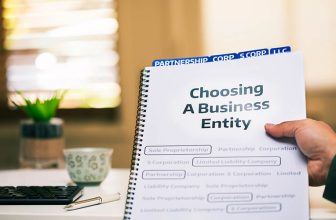
Table of Contents
What does RMA mean?
Returning a product can be a pain for both the customer and the retailer. That’s where RMA comes in to make it easier.
RMA stands for “Return Merchandise Authorization”. It’s the first part of the process when returning a product to a retailer for a refund, replacement or repair.
RMA is a key tool for businesses and customers to agree on what’s wrong with the product and what happens next. It also lets warehouses know products are coming back so they can plan accordingly.
What is an RMA Number?
An RMA code is a unique number given to a specific order by a company as authorization for a product return. The purpose of the RMA number is to track the products throughout the return process so when the warehouse scans the code upon arrival the inventory management software or ERP system can be updated automatically. Note: benefits of an ERP system.
Companies that service and repair returned products find RMA codes very useful. Since they process returns, accurate tracking is critical to prevent loss and to make sure returned products don’t get mixed up with new shipments.
How does RMA work in Retail?
Having a simple and easy RMA process is key to a good business customer relationship. An easy to understand and streamlined product return process is essential for any retailer.
Customers can initiate a return at the Point of Sale or through an eCommerce store. Vendors or sales reps can then authorize the credit or replacement in real-time. This avoids common return headaches and ensures customer satisfaction.
Tracking the number of returns per month through the RMA system allows retailers to see where their product lines are going wrong. Retailers can then use this data to adjust inventory and restocking strategies to improve customer retention.
To create your own RMA process:
1. Set up clear return policies and processes that outline what products can be returned, why they can be returned and how long customers have to initiate a return. This will avoid confusion and upset customers.
2. Create an RMA form that all customers can use to provide the necessary information. This should include all relevant fields and any other information that will help with warehouse management.
3. How will you handle shipping and handling of defective products? What are the common box sizes? Will you include packing slips and prepaid return slips with products? Can you afford to cover the cost of returns?

What are the 3 Types of RMA?
When shopping and retailing, understanding the 3 types of Return Merchandise Authorization (RMA) is important.
1. Refund
The first is a refund where customers can return all products and get either a full or partial refund of their purchase.
2. Exchange
The second is an exchange where customers can exchange an item for one of equal or lesser value and may have to pay a restocking fee or cost difference between the items. This is often used when customers are not satisfied with their purchase or need to exchange due to size issues or defects.
3. Store Credit
The third is store credit where customers get a voucher only valid at the retailer’s store and not monetary compensation.
This RMA system ensures both customers and retailers are happy with each transaction as everyone gets what they deserve quickly.
RMA FAQs
Where do I find my RMA Number?
If you bought an item from a retailer and want to return it the first step is to obtain an RMA number from the retailer. This number is usually issued by the retailer support staff after they have verified the item can be returned. Some retailers may also email or call you with the number after an RMA request has been submitted.
Once you have your RMA number you need to find out how they want you to proceed with the return. Some will want you to mail back the item, others will accept returns at their store or through a third-party service.
Wherever you send the item you must keep your RMA number handy as you’ll need it to complete the return. This is your proof of purchase and will get you credited for the return.
Always double check with the retailer before proceeding with the return. This will ensure everything goes smoothly and you get your refund or exchange on time.
Also note you may be charged a restocking fee when submitting an RMA so read the fine print before you return.
Who pays for Shipping on an RMA?
When submitting an RMA one of the biggest question customers have is who pays for shipping.
The short answer is it depends on the retailer’s policy. Generally, customers are responsible for the shipping cost when returning an item even when submitting an RMA.
However, some retailers offer free return shipping for customers returning defective or incorrect orders. Others may offer discounted return shipping for customers who want to exchange rather than get a full refund.
Always read the fine print of the retailer’s terms and conditions before submitting an RMA so you know what to expect on shipping cost and other fees.
If you’re using USPS, here’s how to track USPS packages.
Conclusion
Return Merchandise Authorizations (RMAs) are a business’s best friend, it gives customers an easy way to return, exchange or get compensated for the items they bought.
The process works by giving a unique code that links to an item and allows tracking of the item through the system. So, customers get what they deserve and retailers minimize the cost of fraud.
RMAs offer a streamlined solution that makes for easier returns or exchanges for improved customer satisfaction.
Have any questions about RMA’s or about the RMA process? Let us know below!








